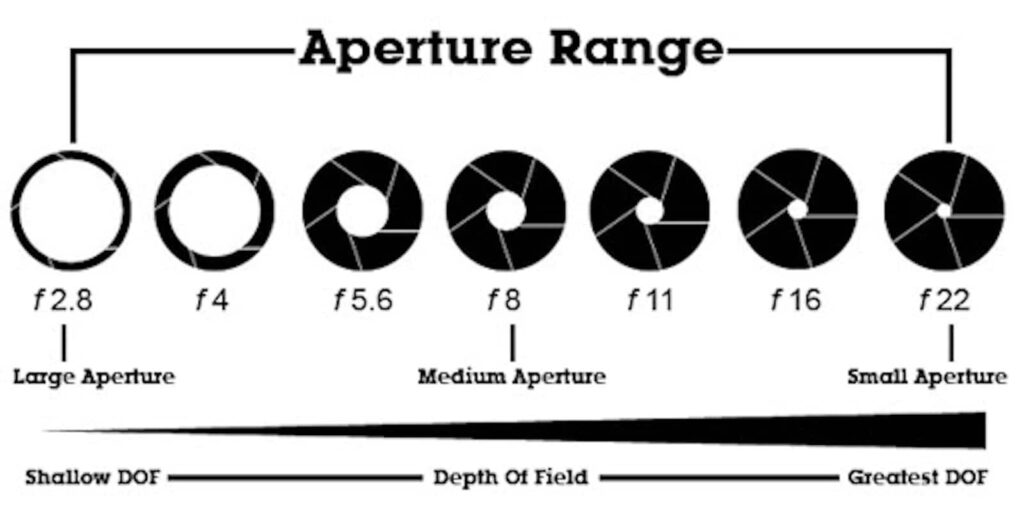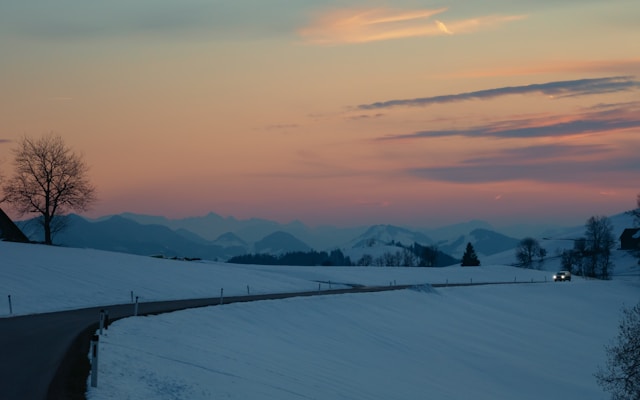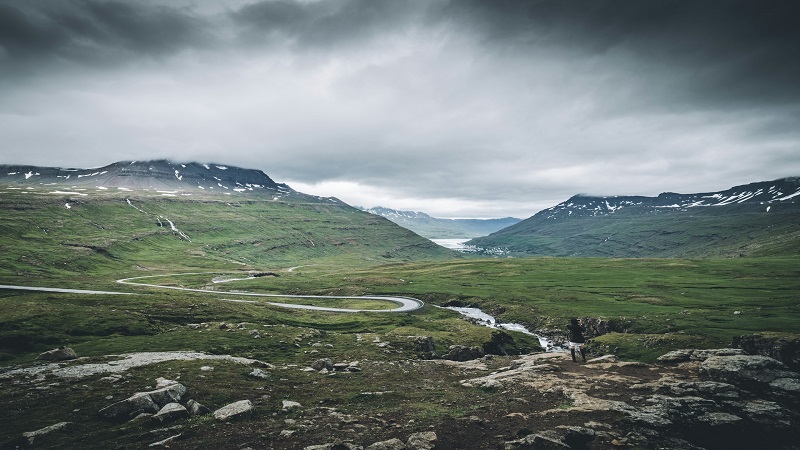What is the deep depth of field photography? How do you use it in different situations and come up with stunning photos?
Depth of field is one of the most common and important terms you will hear and use as a photographer. A deep or large depth of field means you are focusing a larger area in your photos compared to a shallow depth of field.

What is Deep Depth of Field?
Before we explain what these terms mean, you must understand what the depth of field is and how it is affected by the camera aperture. We assume that you already know something about these two terms. However, the following is a quick summary for you.
Depth of field is the area behind and in front of the subject with the acceptable sharpness on which you focus your lens. It simply refers to the area of sharpness or blurriness around the subject. The size of the aperture’s opening determines how sharp or blurry the area will be. It is also the distance behind and in front of the subject covered by the focal point.
So, how can you get a deep depth of field? Using a deep depth of field means you are focusing on a larger area. It keeps most of your photo clear and sharp. As the focus has a larger field of view, it is also called as a larger depth of field. Therefore, it is the best for landscapes.
You must use a narrow aperture to create such sharpness. Increase the f-number to make the opening of the lens smaller. Less light will enter the lens due to the smaller aperture. You must use a higher ISO or a slower shutter speed to counter the reduced light.
The best aperture numbers for deep depth of field are between f/16 and f/22. However, you can use f/64 or even higher for some analog cameras.

How to Use Deep Depth of Field?

You can focus on the entire landscape using a deep depth of field photography, making it an ideal choice for landscapes. It is also great for real estate and product photography as it highlights the whole scene or the product.
Reportage photography and journalism are also conducive fields for deep depth of field photography. You can use it to provide more context to your images.

Just like shallow depth of field, large depth of field can also impart some style to the photos. The same photo will look different if it has different depths of fields.
Which technique you should use depends on your subject and how much area you want to focus on and which parts you do not.
Shallow Depth of Field
When it comes to shallow vs deep depth of field, the former has a short range of focus distance and the latter has a long range of focal distance. Some professional lenses can only cover a distance of a couple of centimeters.
You can read this article to understand the differences between shallow and deep depth of field.
Other Depth of Field’s Factors
You need to remember a couple more things while using a large depth of field which are the focal length and the camera-subject distance.
The Focal Length
You can achieve a deeper depth of field using a wide angle lens or a shorter focal length. In the case of longer focal lengths, the objects around the subject will start getting blurrier
Camera-Subject Distance
The distance between the camera and the subject can also have a great impact on the depth of field. Positioning the camera far away from the subject will result in a larger depth of field and the entire image will be sharper.
Also Read: How To Use Cropping In Photography?
Frequently Asked Questions
What are the two types of DOF?
There are two types of depth of field. The first one is the shallow depth of field that uses wider apertures or smaller f-numbers while taking photos. The other one is the deep depth of field that uses larger f-numbers and narrower apertures. A deeper depth of field has a lot of distance between the first and the last element in the focus whereas this distance is quite short in shallow depth of field. Both types produce different results and are ideal for different situations.
What is the relationship between aperture and DOF?
You can decide which parts of the image will be in focus using the depth of field. Similarly, you can control the depth of field using the aperture. The depth of field will be shallow in case of a wide aperture and only the foreground will be sharp. The narrow aperture results in a larger depth of field and everything in the image is sharp.
What are the three factors of depth of field?
The three factors of depth of field are the aperture, distance between the subject and the camera, and the focal length. The smaller f-number means a shallower depth of means. The depth of field increases if the f-number increases. The DOF will be shallow if the subject is close to the camera. The greater the distance between the camera and the subject, the larger will be the depth of field. Finally, shorter focal lengths also mean a larger depth of field.
Final Thoughts
Now, you must have understood how different types of depths of fields work. Mastering the manual mode of your camera requires you to learn to use the depth of field photography. You will become a great photographer if you grasp this concept.

